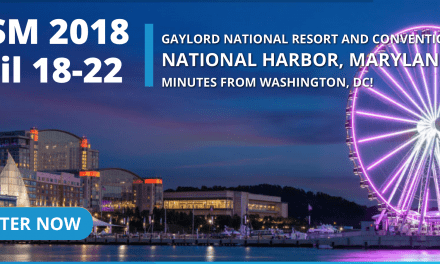May 7, 2008
The ultimate focus of a company’s purchasing activities may often be focused on the bottom line. But often, getting what’s best for less involves an understanding of products and processes far beyond pricing and volume discounts. This is particularly true in the case of hearing protection devices (HPDs), where making sound OSHA-compliant purchasing decisions requires an understanding of both the risks of noise-induced hearing loss (NIHL) and of the conservation products and programs designed to mitigate it.
In fact, according to Renee Bessette, COHC, marketing manager of Sperian Hearing Protection, LLC, "It is also important for key purchasing personnel to be actively involved in the hearing conservation program to ensure appropriate kinds and quantities of HPDs are purchased and restocked as
needed."
Bessette went on to explain that noise-induced hearing loss is a serious, but often overlooked occupational injury, one that the World Health Organization has called, "the number one hidden disability in North America." With an estimated 10 million workers already afflicted with some
degree of hearing loss and another 30 million at risk, NIOSH has classified NIHL as the most common occupational illness in North America.
"Unlike other occupational injuries, noise-induced hearing loss causes no immediate trauma," said Bessette. "Rather, it accrues over time, often going unnoticed for years. But once damaged, hearing lost to noise hazards cannot be regained. The loss is permanent and untreatable. However, it is also 100%
preventable."
Bessette outlined five essential points purchasing professionals should bear in mind:
• OSHA requires "a suitable variety" of HPDs be provided. "Everyone’s ears are different," said Bessette. "Not only large and small, male and female, but even left and right. To be effective, earplugs must fit properly and wear comfortably during a work shift." OSHA has also recently ruled that all
mandated PPE is to be provided to employees at the employer’s expense.
• Overprotection can also be a risk. "Earplugs are rated by the amount of attenuation they provide and should be matched to the level of hazard. Providing too much protection can be dangerous. Not only will workers be less able to communicate and feel more isolated, they may also be unable to
hear critical warning signals and machine alarms. It is ideal to provide a range of NRRs to accommodate a variety of noise levels found throughout anyfacility."
• A wide variety of earplug/earmuff types and styles are available. "Purchasing especially needs to understand the wide variety of products available today," said Bessette. "These include single- and multiple-use earplugs, special detectable earplugs, and new earplug materials, uniform attenuation earmuffs, radio and communication earmuffs, and even special earmuffs designed to be worn with other PPE."
• Convenient access to HPDs is key to compliance.
• NIHL is not just a workplace hazard. "Workplace pilferage is a big problem for purchasing in many industries. But in the case of hearing protection, management should encourage workers to take earplugs home as part of any wellness program. Home shop and lawn equipment–even rock concerts–can be just as hazardous as industrial noise and cause just as much damage. But
compensation claims for hearing loss will only be filed against the employer."
"Purchasing needs to make timely and cost effective HPD acquisitions. By being involved in the hearing conservation program, Purchasing professionals can better understand the human factors that drive the effective use of these products in their specific environment. This can lead to better buying
decisions and better hearing conservation programs."
To help purchasing and other professionals select the proper hearing protectors for their specific applications, Howard Leight has made available a new Hearing Protector Selector on its website, www.howardleight.com. The site is designed to allow visitors to identify their noise exposure levels or specific ratings, product styles and/or features, with the most applicable results recommended. These listings can be printed or instantly e-mailed to other people directly from the selector.




